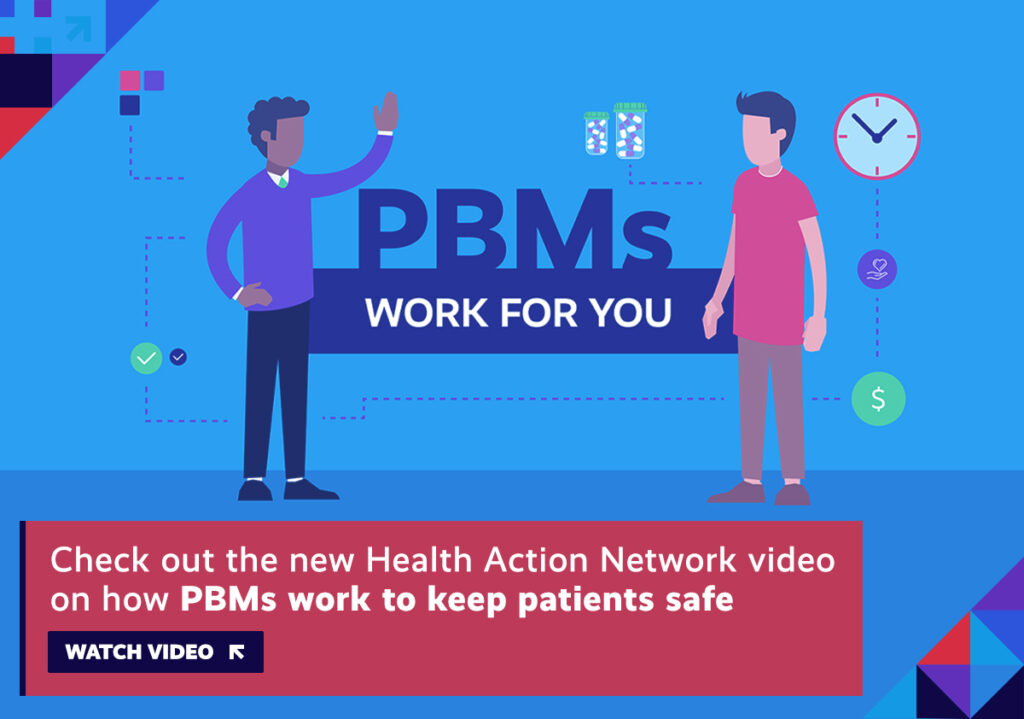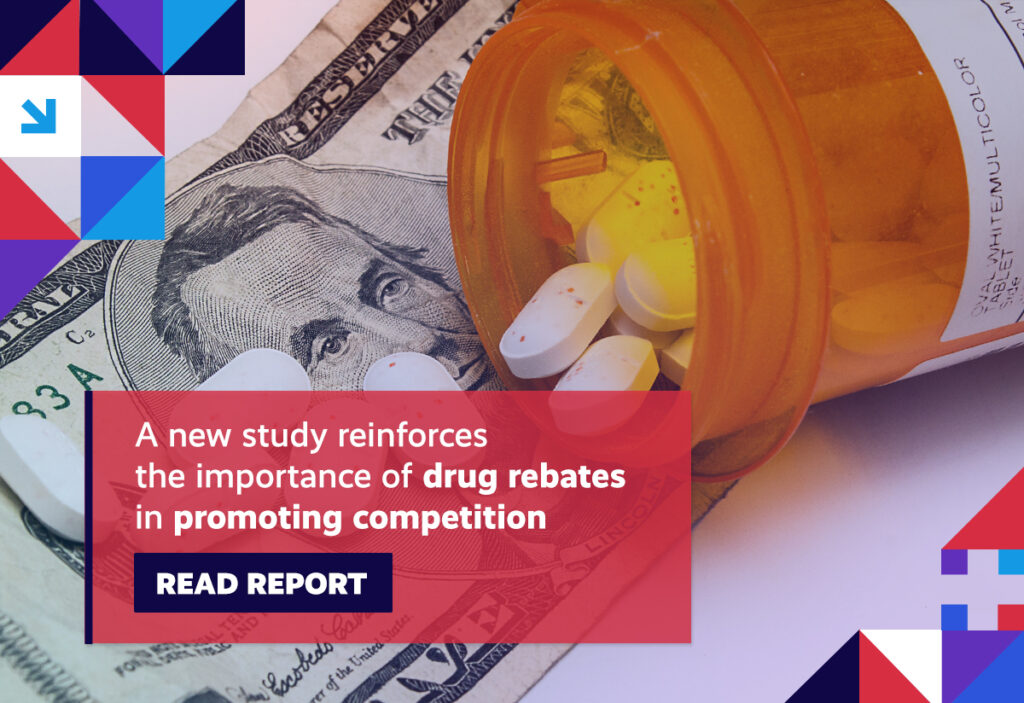A new report dispels the myth that drug rebates increase costs; supporters of surprise medical billing consumer protections react to a recent court decision impacting one of the new law’s key provisions; enrollment in the Medicare Advantage program continues to grow; and, stakeholders point the way forward on integrating care.
We encourage you to stay involved as implementation efforts surrounding healthcare reform progress. Visit the Health Action Network and be sure to let us know what’s on your mind.
Item of the Week

Week in Review
Rx Rebates: Last week, a new report was released seeking to dispel the myth that drug rebates are somehow responsible for rising drug prices. That line-of-attack has been used repeatedly by pharmaceutical manufacturers in their attempt to distract from the fact that they’re the ones who set drug prices in the first place. The report, released by Matrix Global Advisors, highlights the importance of rebates from drugmakers – negotiated by pharmacy benefit managers (PBMs) on behalf of consumers, employers, health plans, and government programs – to not only promote competition, but help lower insurance premiums, while also refuting Big Pharma’s claims that rebates are to blame for rising drug prices. According to the report, there’s a lack of evidence suggesting that rebates are responsible for driving up drug prices. In fact, the median list price change for the same sample of rebated and non-rebated drugs between 2018 and 2021 was roughly the same.

Surprise Medical Billing: As covered in a recent Health Action Network newsletter, a ruling was handed down last month in one of the cases challenging the new surprise medical billing law that went into effect at the beginning of this year. As a reminder, the “No Surprises Act” contains a number of consumer protections aimed at shielding patients from surprise medical bills. The ruling eliminated a key provision of the “No Surprises Act” on the grounds that, in implementing the law, the Department of Health & Human Services (HHS) “impermissibly altered” one of the law’s key requirements, specifically the provision regarding the arbitration process. Opponents to the law had argued that unfair weight had been given to the median in-network negotiated rate, also known as the qualifying payment amount (QPA). Reaction to the ruling was swift, with lawmakers, consumer organizations, employer groups, health policy experts, and other key stakeholders all expressing concern over how the ruling or any efforts to change provisions of the law or the regulations governing its implementation could result in financial harm to patients.
MA Enrollment: Medicare Advantage (MA) plans added another 2.3 million beneficiaries for the 2022 coverage year, according to recently released enrollment data. With 28 million enrollees, the program now accounts for 45 percent of all Medicare beneficiaries – a number that also includes the 1.3 million people transitioning from traditional fee-for-service Medicare to the MA program. And, it’s no secret why so many have chosen MA, as more plans are now offering supplemental benefits, including those targeted to members with chronic conditions. In fact, a new study found that 99.9 percent of MA plans are now making supplemental benefits available across a range of categories, with vision and hearing benefits being the most widely offered. The most common populations receiving these targeted benefits include beneficiaries with diabetes, congenital heart failure (CHF), and chronic obstructive pulmonary disease (COPD).

Integrated Care: The growing attention being paid to health-related social needs (also known as social determinants of health) is a reflection of how our health system writ large has evolved to focus on whole-person health. This has further expanded to include the importance of integrating care, particularly when it comes to behavioral and primary health. To ensure we optimize our approach to integrated care, stakeholders have laid out three critical approaches:
- A collaborative care model utilizing care management to facilitate patient-centered care;
- An expanded and integrated care model, which also uses care management to support individuals with chronic conditions, specifically behavioral health conditions; and,
- A value-based purchasing and alternative payment model, which incentivizes whole-person care.

Spotlight

| You can keep up with the latest by following the Health Action Network on Twitter and by liking us on Facebook. And, be sure to check us out on LinkedIn, too. As always, let us know if there’s something you’d like to see covered in a future newsletter. |
